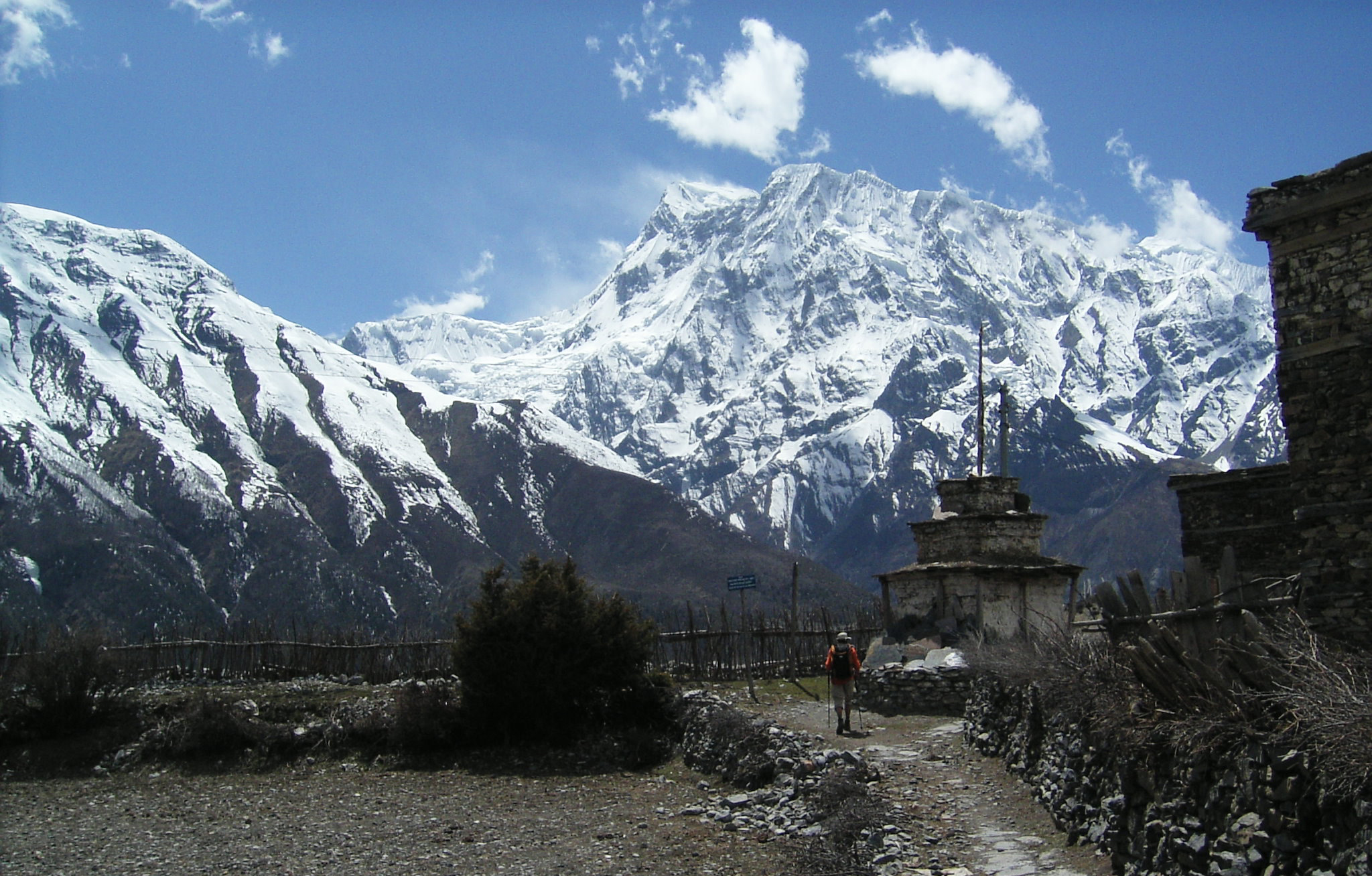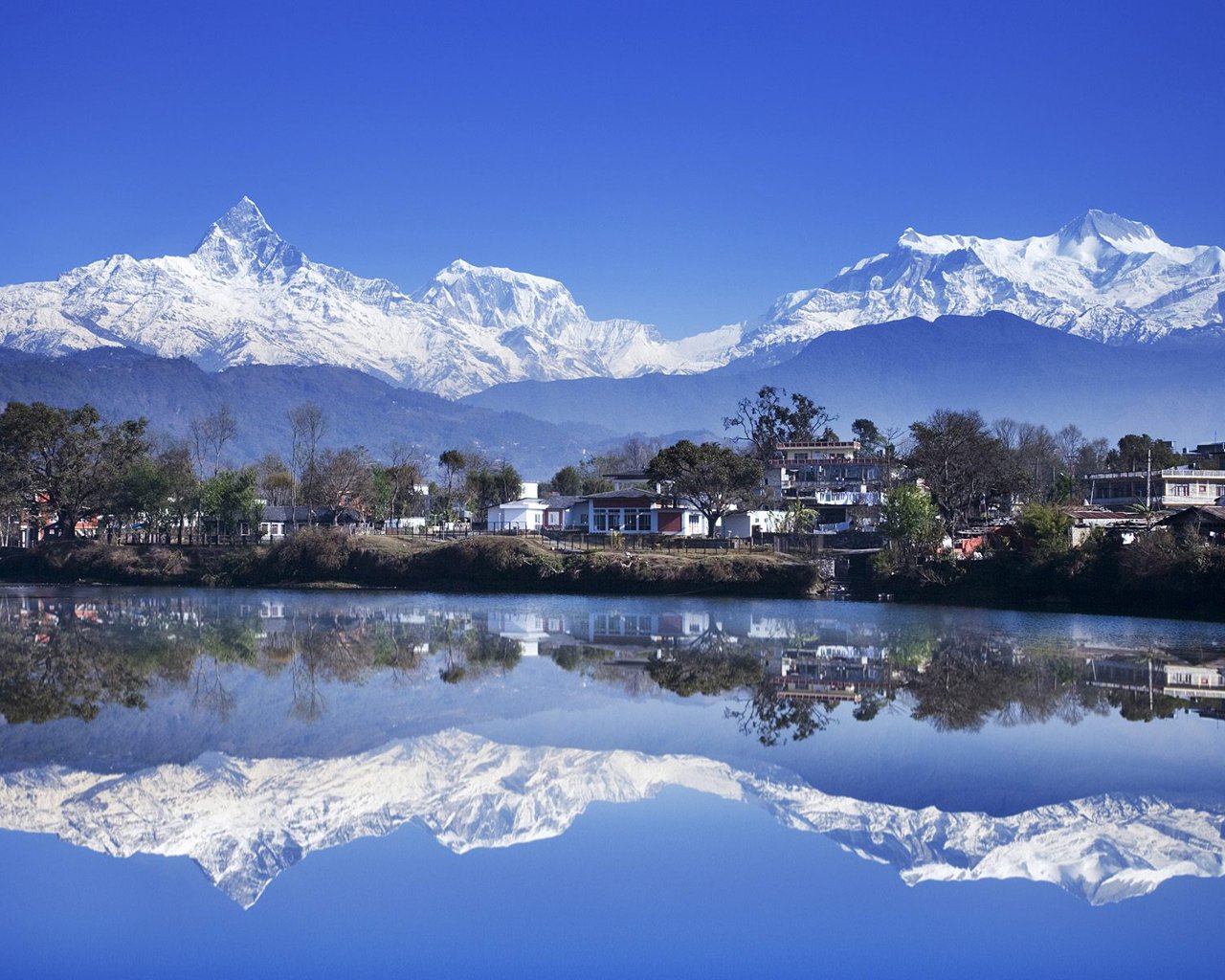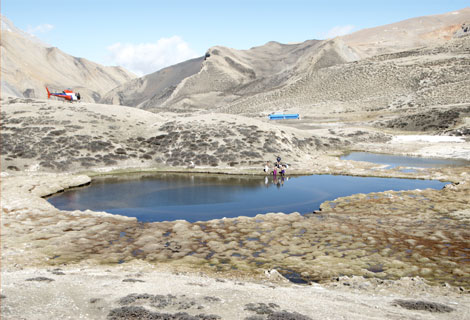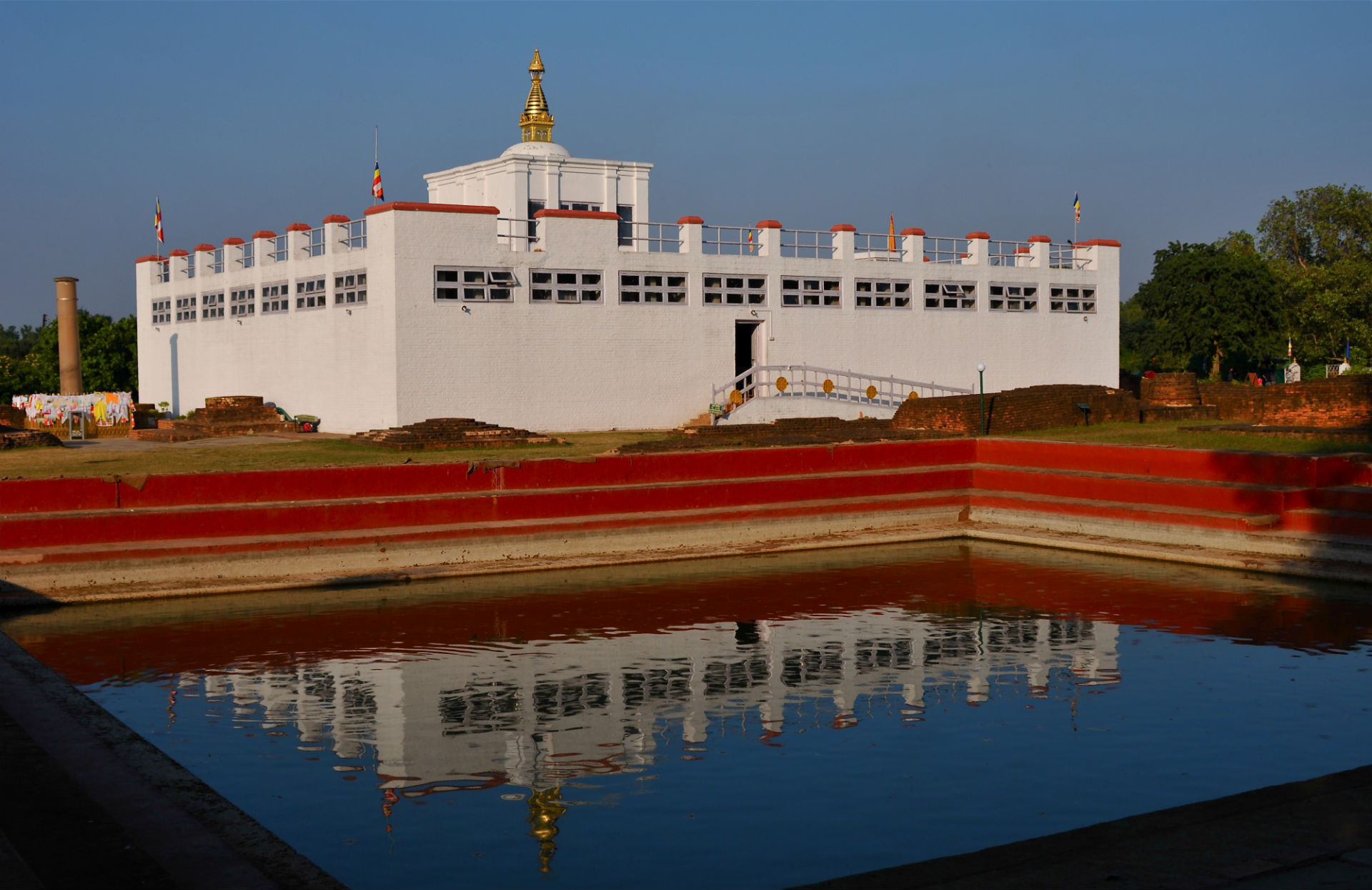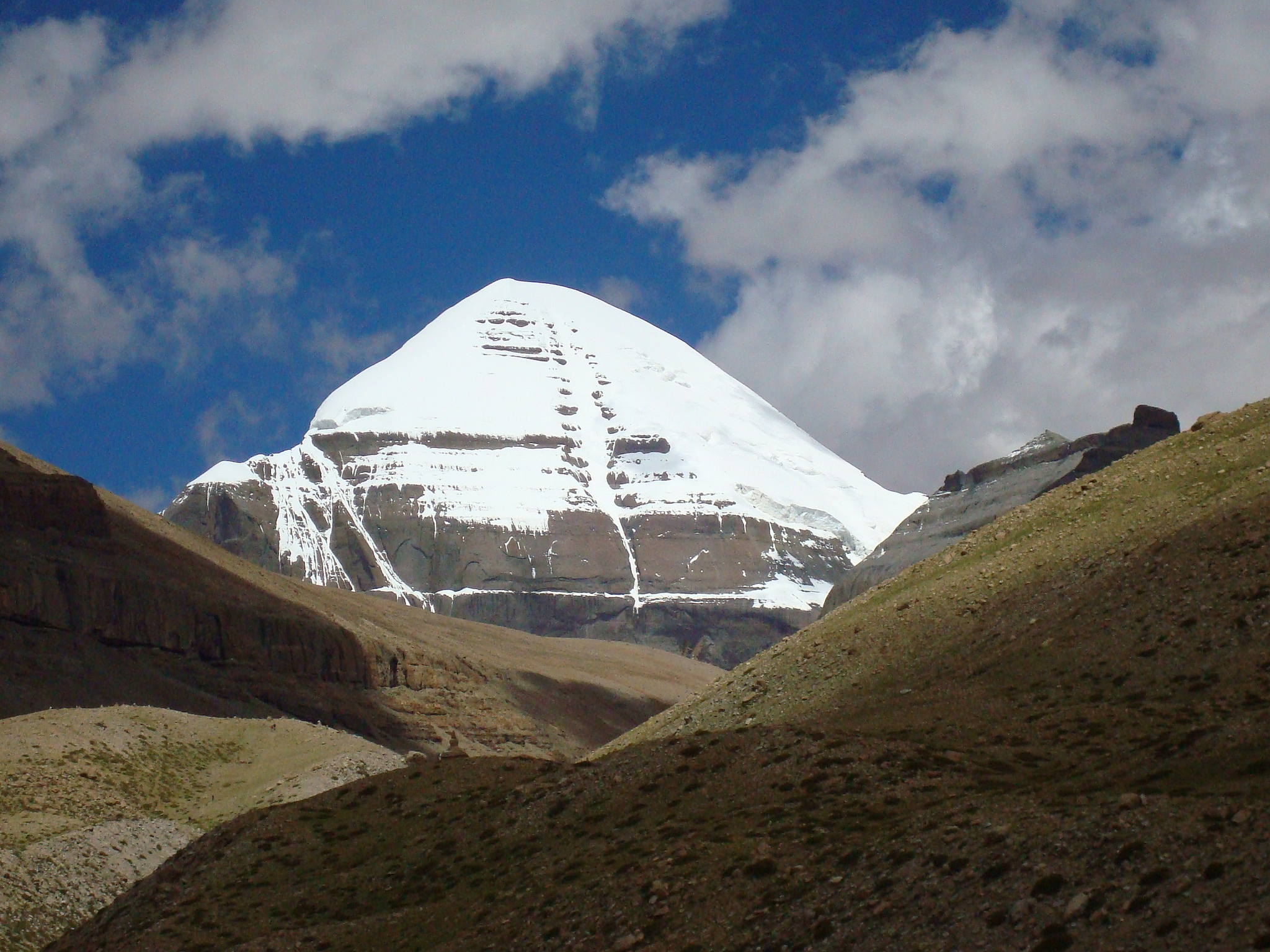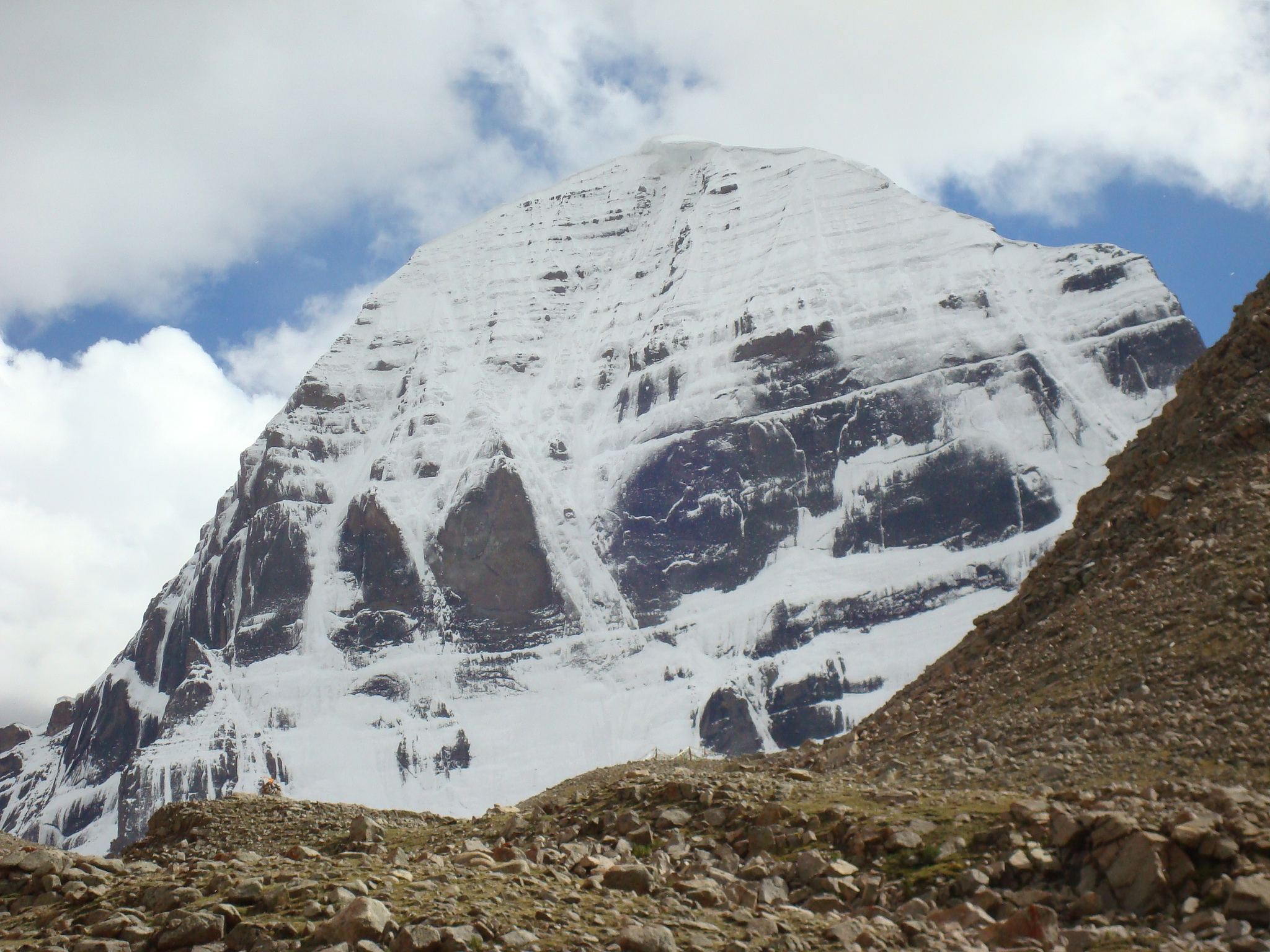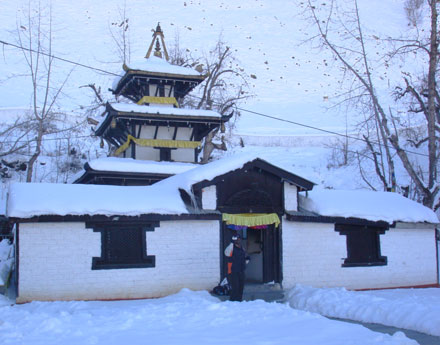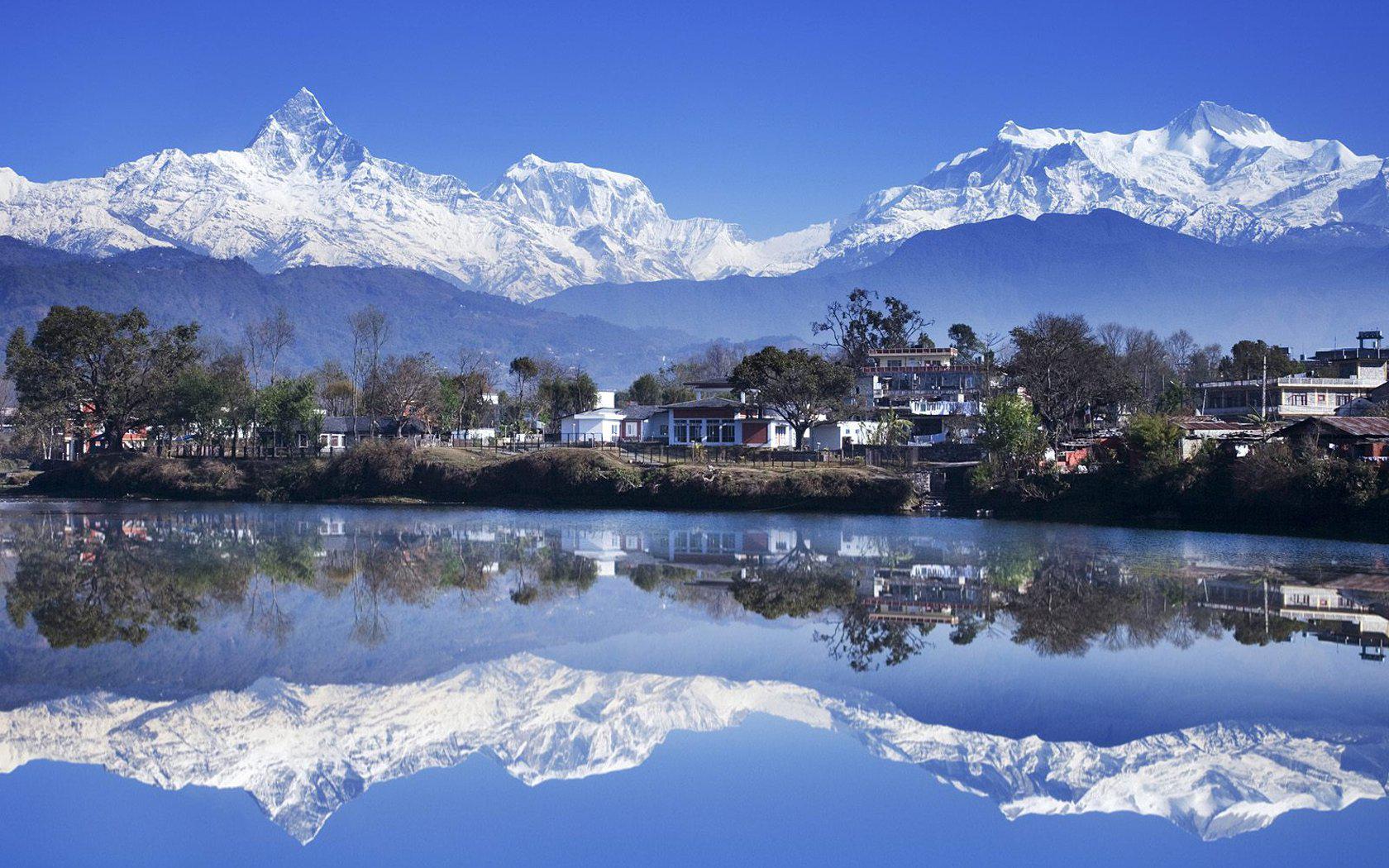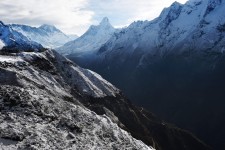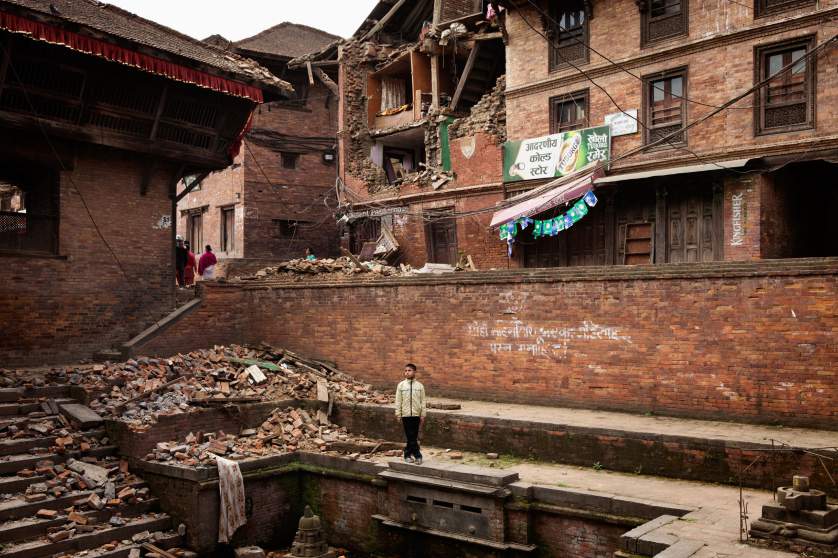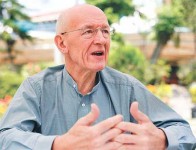
Andrew Jones is a vice-chairman of the Pacific Asia Travel Association (Pata). An experienced crisis management expert, he has worked as a key person in various countries that have suffered disasters like the 2002 Bali bombing, 2004 Thailand tsunami and 2014 Philippines typhoon besides Egypt and Japan. He highlighted the programmes and plans that helped these destinations to recover quickly. Pata has taken the initiative to help and support the bounce-back campaign for Nepal’s tourism industry. Sangam Prasain of the Post talked with Jones about Pata’s initiative to help rebuild Nepal tourism and the perception tourists have towards the quake-affected country. Excerpts:
 Is Nepal safe for travellers? What kind of message has been disseminated abroad? How do you assess the current and future scenarios?
Is Nepal safe for travellers? What kind of message has been disseminated abroad? How do you assess the current and future scenarios?
I have visited Nepal several times. My first impression towards Nepal after the April 25 deadly earthquake was that the country had been devastated. The international media reports showed that everything had been destroyed. But when I arrived here, it was much better than I had anticipated. To be honest, I didn’t have any problems visiting the country. No dangers at all. In general, I don’t find Nepal unsafe to visit. There are many places in Nepal that have escaped the disaster, and there are many places to visit. But businesses are not normal yet. Like me, visitors need to know the reality that many places are safe to visit. We are not actually saying that the situation has become normal and come from tomorrow. But it’s going to be on the right track soon.
Can Nepal emerge as an attractive tourism destination from the devastation caused by the earthquake? How long will it take?
Except for a few places, every destination is intact. As tourism is a mainstay of the country’s economy and has created a big impact on the livelihoods of the people, Nepal should focus on rebranding and diversifying its products in a unique and sustainable way. We are also holding discussions with some branding experts to rebrand Nepal’s image. Bailing out the industry is challenging, but it is also an opportunity for Nepal to focus on sustainable tourism. It’s the right time for the government and the private sector to concentrate on good and quality infrastructure, particularly road networks and airports.
Obviously, good infrastructure is the driver of business as well as the country’s prosperity. Nepal currently should look for its traditional market segments like India and the European countries. Focused promotions in new markets like China could be a key to reinvigorating tourism. However, it’s too early to say how long Nepal will take to recover fully. But I am sure many people across the world are interested in visiting here, if they know the reality and feel a sense of safety and security.
When is the right time to invite tourists?
Yes, I would say September is the valid goal. The autumn season augurs well for Nepal’s tourism. There is a lot of work to be done to motivate tourists to visit Nepal. Some of the restrictions like the travel advisories and insurance policies of a number of countries are the factors that Pata is looking into currently. We are working on how such policies can be modified to encourage visitors to come here. Based on our initial assessment, there is enough room to make tourists visit Nepal this autumn. After all, Nepal needs business at this time.
So, how can Nepal motivate travellers to visit?
The best way is celebrities, high-profile people and the media. They are the medium to disseminate a positive message at a time when visitors are traumatized. Oscar-winning Hollywood actress Susan Sarandon has urged tourists to come to Nepal amid concerns that the nation’s vital tourism industry could be seriously hurt, and this is a gesture of goodwill to encourage others. After all, world-of-mouth promotion is the best strategy to promote tourism. Besides, social media can play an effective role to build the visitor’s confidence. Among several aspects, Pata is also considering or is in the process of bringing celebrities and high-profile people to Nepal.
How is Pata helping to revive Nepal’s tourism?
Pata is currently engaged in supporting the Nepal government and the private sector in both the technical and financial aspects. Our experts are currently assessing the tourism recovery initiatives in the aftermath of the earthquake. We need to be transparent to inform people which place is safe to visit. Safe and unsafe areas should be categorized and highlighted. Within a few weeks, we will have a clearer picture on such areas, and subsequently after some assessment, we will be working on a strategy—short, medium and long term—and recommend Nepal to act accordingly to bring Nepal’s tourism into the right and sustainable track. Besides, technical resources, we are collecting funds from various international organizations for the recovery process. Similarly, we have the Pata international travel mart in Bangalore this September. The mart’s major focus will be on engaging buyers and sellers to help sell Nepal’s destinations.
Tourism entrepreneurs are very worried and they have started offering heavy discounts and started to engage in price cutting. Is this a good sign?
Not at all. Instead of cutting prices and offering heavy discounts, the industry should maintain their quality and enhance the service level. If you adopt undercutting measures, it will affect your business greatly, and ultimately you will have to lay off your staff and that could make many people jobless. So discounts and undercutting measures practically do have adverse effects on the whole industry.
What role should the government play at this critical time? Don’t you think that earthquake-proof tourism infrastructures are the need of the hour?
The Tourism Ministry should be able to bring all the stakeholders under one roof. Not only the government, it’s time for everyone to join hands to promote Nepal. In fact, the April earthquake is a wakeup call. Its lesson learning for a country like Nepal because natural disasters could occur again and the country should be well prepared to tackle them. The aftermath of the quake has not only made things challenging, but also provided an opportunity for Nepal to do things in the right way. After all, Nepal, which relies heavily on tourism, has an opportunity to rebuild its infrastructure in a sustainable way.
Even investors are interested in investing in Nepal after the disaster because there is a window of opportunity here.
source: ekantipur





